|




| | This page contains a summary of our curriculum tools
for:
|
Here in Portsmouth we use the Reading program called The Land of the Letter
People. It is a set of air filled balloon letters that take on the aspects
of
people. Each letter person relates to something familiar that the child
can comprehend easily and also makes the sound of the letter that it
represents. Follow the link below to learn more about the program by
visiting the Letter People site itself.
|
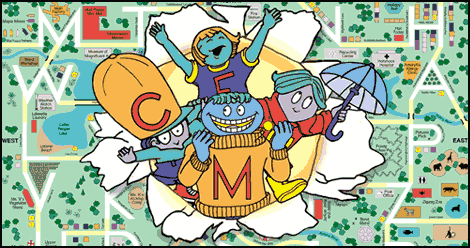
|
Standards
for Reading
Kindergarten Expectations and Standards
The following is a list of skills that we will be working on in the
classroom. The skills will be reviewed frequently throughout the year.
|
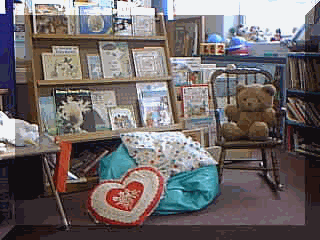
Kindergartners should read or be read to every day.
|
Literacy Skill |
Sept-Nov |
Nov-Jan |
Jan-March |
March-June |
|
Listen to 1-2 books read aloud each day at home and in school and
discuss the story. |
x |
x |
x |
x |
|
Read a variety of genres (stories, songs, poems, plays, how to books,
signs, labels, messages and informational books.) |
x |
x |
x |
x |
When reading or being read to, a child should be able to do the following:
|
Literacy Skill |
Sept-Nov |
Nov-Jan |
Jan-March |
March-June |
|
Hold a book right side up and turn the pages in the correct direction. |
x |
x |
x |
x |
|
Follow the text of the story with his/her finger |
x |
x |
x |
x |
|
Give a reaction to the story with reasons from the story |
x |
x |
x |
x |
|
Use newly learned vocabulary. |
x |
x |
x |
x |
|
Discuss words and word meanings from a story |
x |
x |
x |
x |
|
Listen and contribute to conversation about a story |
x |
x |
x |
x |
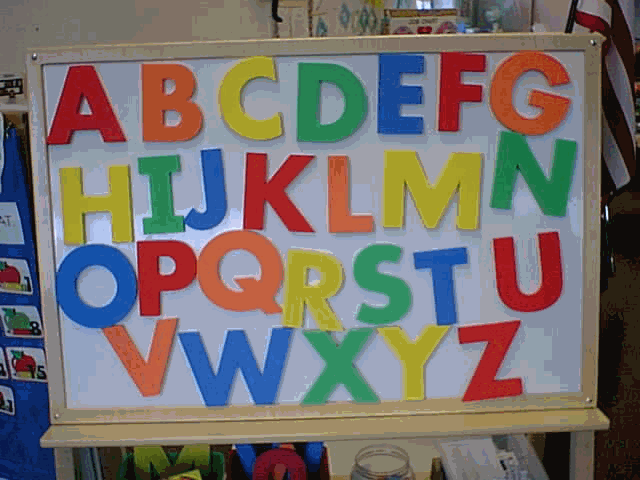
|
Literacy Skill |
Sept-Nov |
Nov-Jan |
Jan-March |
March-June |
|
Recognize and name most letters |
|
x |
x |
x |
|
Recognize and say common sounds of most letters |
|
|
x |
x |
|
Write the letter that corresponds to the spoken sound |
|
|
x |
x |
|
Use letters and sounds to write phonetically |
|
|
x |
x |
|
Sound out single syllable words (ie /c/ /a/ /t/) |
|
x |
x |
x |
|
Produce rhyming words |
|
|
|
x |
|
Recognize rhyming words |
|
|
x |
x |
|
Isolate initial consonant in single syllable words
(ie /t/ in top) |
|
x |
x |
x |
|
Identify onsets and rimes (ie /c/ at , /b/ at) |
|
|
x |
x |
|
Read simple texts containing familiar letter/ sound correspondences and
high frequency words (ie a, the, I) |
|
|
|
x |
|
Read some high frequency words by sight (at least 20) |
|
|
|
x |
|
Read simple text, attending to each word and getting most words
correct. (Text should be previewed with the child. Discuss the title and
contents of the book as well as introducing unfamiliar text.) |
|
|
|
x |
|
Reread a favorite story, recreating words of the text with fluent
intonation and phrasing. |
|
x |
x |
x |
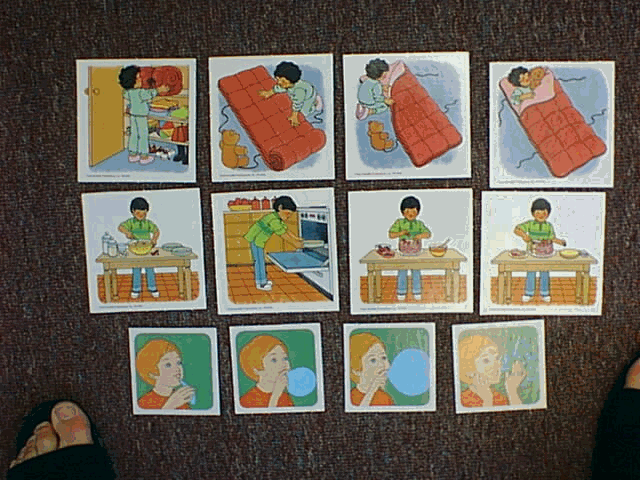
When rereading a familiar book, kindergartners are expected to self monitor
and self correct when necessary.
|
Literacy Skill |
Sept-Nov |
Nov-Jan |
Jan-March |
March-June |
|
Look at the correct page, point to the word they are saying |
|
|
x |
x |
|
Make predictions based on the illustrations, title or parts of the
story, |
x |
x |
x |
x |
|
What they read makes sense. |
|
|
x |
x |
|
Can retell the sequence of a story. |
x |
x |
x |
x |
|
Respond to questions about the story content. |
x |
x |
x |
x |
|
Create art work or a written response that shows comprehension of a
story. |
x |
x |
written response x |
written response x |
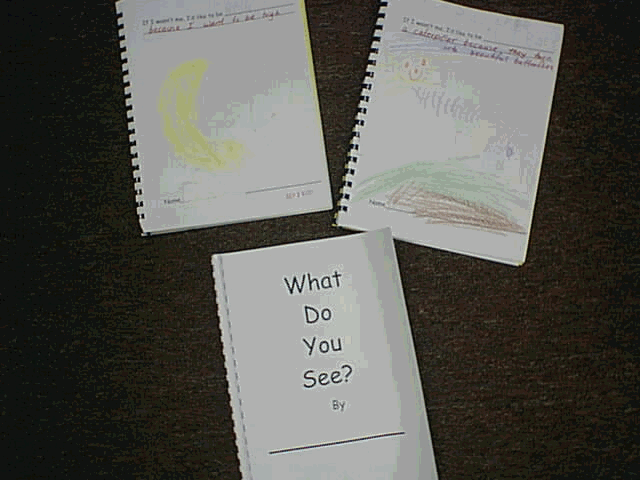
Children should write every day. Beginning stories may include material that
is drawn, spoken, written or acted out.
|
Literacy Skill |
Sept-Nov |
Nov-Jan |
Jan-March |
March-June |
|
Write daily. |
x |
x |
x |
x |
|
Generate topics for writing. |
x |
x |
x |
x |
|
Write without resistance. |
|
x |
x |
x |
|
Communicate meaning through drawing, letter strings, sounding out, oral
story telling. |
x |
x |
x |
x |
|
Reread own writing and listen to others who are reading. |
x |
x |
x |
x |
|
Write or draw about an event or a string of events. |
x |
x |
written x |
written x |
|
Tell events that occurred over time. |
x |
x |
x |
x |
|
Incorporate story book language (Once upon a time) |
x |
x |
x |
x |
|
Stay on topic. |
x |
x |
written x |
written x |
|
Give directions to complete a project or task. |
x |
x |
x |
written x |
|
Create their own stories, plays and poems. |
x |
x |
x |
written x |
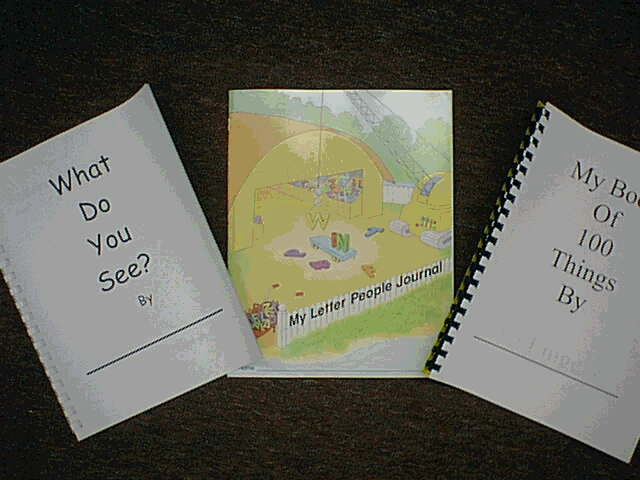
Kindergartners writing should include the following:
|
Literacy Skill |
Sept-Nov |
Nov-Jan |
Jan-March |
March-June |
|
Use words in writing that are used in everyday language. |
|
x |
x |
x |
|
Use words in writing that are used in books. |
|
x |
x |
x |
|
Independently create text using phonetic spelling. |
|
x |
x |
x |
|
Leave a 2-finger space between words. |
|
|
x |
x |
|
Writing flows from left to right and top to bottom. |
|
x |
x |
x |
|
Represent words with initial sound. |
|
x |
x |
x |
|
Represent words with ending sounds. |
|
|
x |
x |
|
Include middle sounds when writing a word. |
|
|
|
x |
|
Reread what they have written. |
x |
x |
x |
x |
|
Begin to use a capital letter at the beginning of the sentence. |
|
|
|
x |
|
Begin to place a period at the end of a sentence. |
|
|
|
x |
At this stage, children are not expected to show regularity in the use of
punctuation.

|
The Math series that we use in Kindergarten in the town of Portsmouth,
is Houghton Mifflin's Math Central. Most of our Math is done at the
beginning of the day during our Calendar Time. We count, add, sort
and
pattern daily. The children love the routine and very few want to miss
this activity. Each week one student is chosen as the Calendar leader
for
the whole week. They are very proud of themselves as they lead the class
in all the math exercises that we encounter. Follow the link below to
learn
more about Houghton Mifflin's Math Central for Kindergarten
|


|
KITES
(Kits In Teaching
Elementary Science)
Click on KITES to
see what your Kindergarten children are using in their classrooms for their
science lessons. KITES was developed in 1997 by a collaboration of
Elementary School Teachers in the state of Rhode Island and the East Bay
Collaborative. The whole idea of using kits in the classroom promotes a Hands On
Approach to learning along with Inquiry based standards.
Their primary
fundings came from the National Science Foundation and since the creation of
KITES many classroom teachers have been trained in the Kits specific to their
grade level. Mrs. Polselli was one of the original KITE teachers and was
instrumental in choosing the kits now taught in Kindergartens around the state.
She has been using kits in her classroom for 4 years. The two kits
specific to Kindergarten are Balls, Tracks and Ramps, and Animals 2 X 2.
Balls Tracks &
Ramp
This kit explores
the many aspects of physical science Through play. The children explore
the movement of different sized and weighed balls through tracks and ramps
created by themselves. They learn about angles and lengths and
movement through space. It is exciting to watch the children discover that
not all spheres are the same. They create the most unusual tracks and
ramps through their own creations.
Animals 2 x 2
This kit explores 8
different animals and through observation the children learn sameness and
differences in animals that are similar. The sets of animals are
Goldfish &
Guppies
Land Snails &
Water Snails
Red Worms &
Sow bugs &
The children
observe, feed, hold and even have races with the animals. They learn about
their lives in their own habitats and out of their environments. The
children eventually ask questions about the animals through their writings.
Visit the science center the next time you visit the classroom.
|
The
Feinstein Program
"
Helping to better the lives of
others regardless of race, creed, or color is the greatest of all
achievements..." is the motto that Alan Shawn
Feinstein uses as the founder of his program. Click
on the Feinstein link to learn more about the program that Alan Shawn started in
the 1980's.
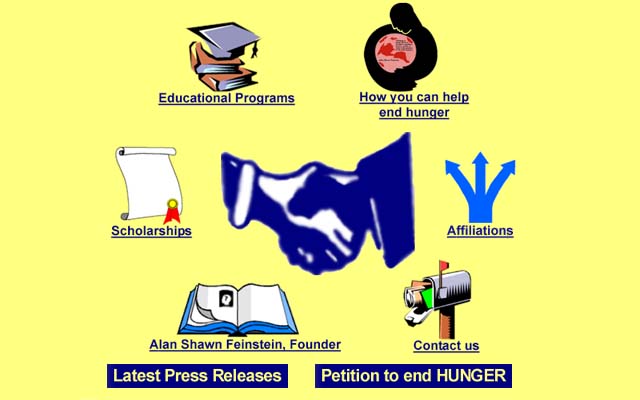
Feinstein Back to Top
|
Standards
for Math
Kindergarten Expectations and Standards
The following is a list of skills that we will be working on in the
classroom. The skills will be reviewed frequently throughout the year.
While there are skills that Kindergartners are expected to master by the end
of the year, there are also skills that children will begin to learn this year
and continue to learn next year. The skills that children are expected to master
have been marked with an "(M)’.
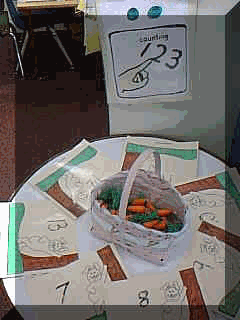 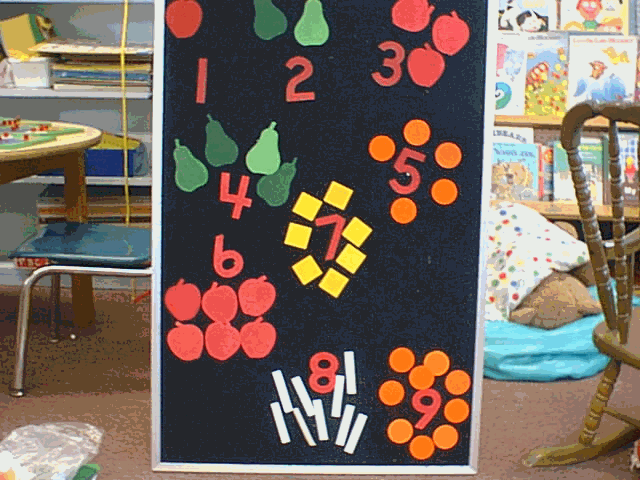
|
Number Skills (M1) |
Sept.-Nov. |
Nov-Jan. |
Jan.-March |
March-June |
|
M1b- Count to 20 (M) |
|
x |
x |
x |
|
M1a-Read numerals to 20 (M) |
|
|
x |
x |
|
M7b-(M) Write numerals to 20 |
|
|
x |
x |
|
M1c, M6b-(M) Identify the number of objects in a set up to 5 without counting |
|
x |
x |
x |
|
M6a-(M) Counting with one to one correspondence to 20 |
|
|
x |
x |
|
M1c, M6b-Can estimate objects with reasonable accuracy up to 10 |
|
|
|
x |
|
M7b-Identify and write numerals 0-100 |
@ 1-10 |
@ 10-20 |
@ 20-50 |
@ 50-100 |
|
M1a-(M) Able to count backwards 12-0 |
|
|
|
x |
|
M3a-(M) Skip count by 10s to 100 and 5s to 25 |
|
|
x |
x |
|
M1b-Count to 100 |
|
|
|
x |
|
M1c, M3d-(M) Label sets of objects with the correct numeral |
|
|
x |
x |
|
M7a-Identify ordinal numbers first-tenth |
|
x |
x |
x |
|
M7a-Read ordinal numbers first- tenth |
|
|
|
x |
|
M1b-Becomes familiar with place value 1-99 |
|
|
|
x |
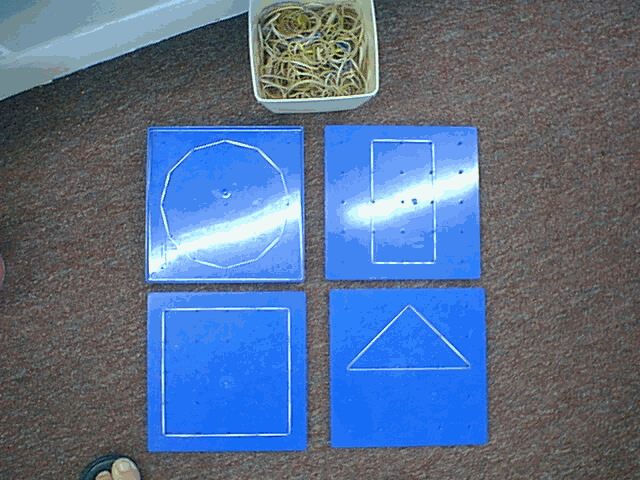
|
M2-Geometry |
Sept-Nov |
Nov-Jan |
Jan-March |
March-June |
|
M3d-(M) Able to identify circle, square, triangle and rectangle. |
x |
x |
x |
x |
|
M2b, M7b-(M) Draw circle, square, triangle and rectangle |
x |
x |
x |
x |
|
M3d, M6e, M7a(M) Identify the number of sides and corners of basic figures. |
x |
x |
x |
x |
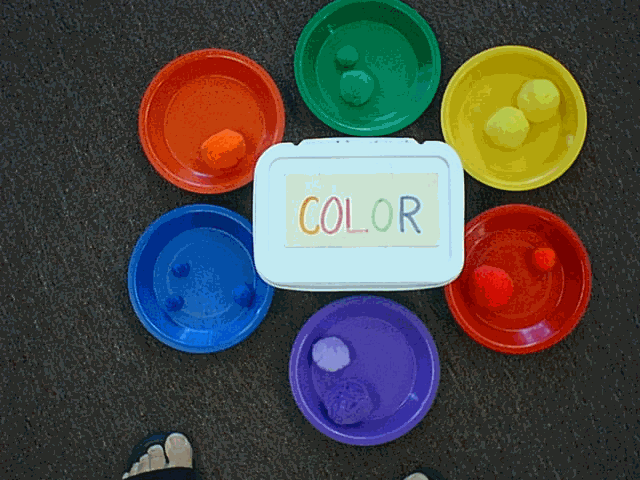 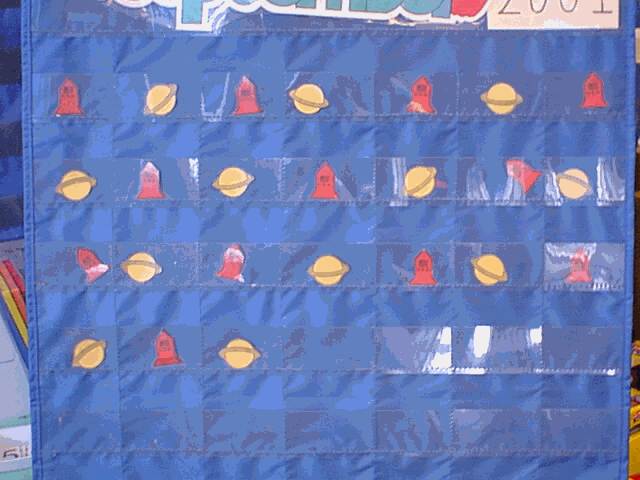
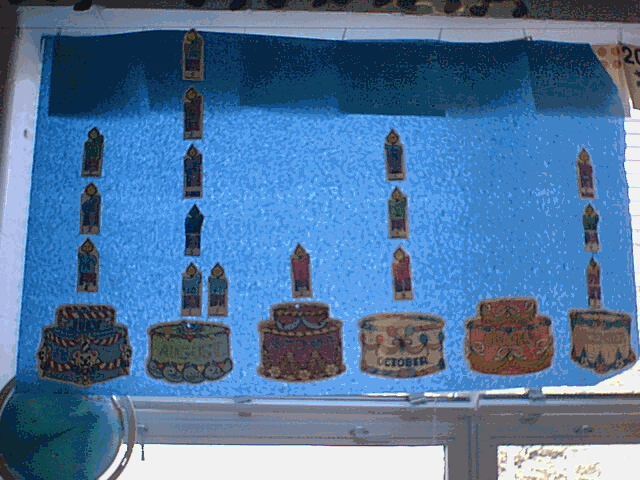
|
Sorting, Patterning and Graphing (M3) |
Sept-Nov |
Nov-Jan |
Jan-March |
March-June |
|
(M) Sort objects by 1 attribute |
x |
x |
x |
x |
|
(M) Use basic shapes to compare attributes |
x |
x |
x |
x |
|
M3a-(M) Copy and extend a 2 member pattern using a manipulative (ABABABAB) |
x |
x |
x |
x |
|
M3b-(M) Create a 2 member pattern using a manipulative |
|
x |
x |
x |
|
M4a-Recognize, describe and extend a variety of linear patterns. |
x |
x |
x |
x |
|
M4a, M4b-Collects and organizes data into a graph |
x |
x |
x |
x |
|
M4b, M4c-(M) Reads a simple bar graph and make basic conclusions. |
x |
x |
x |
x |
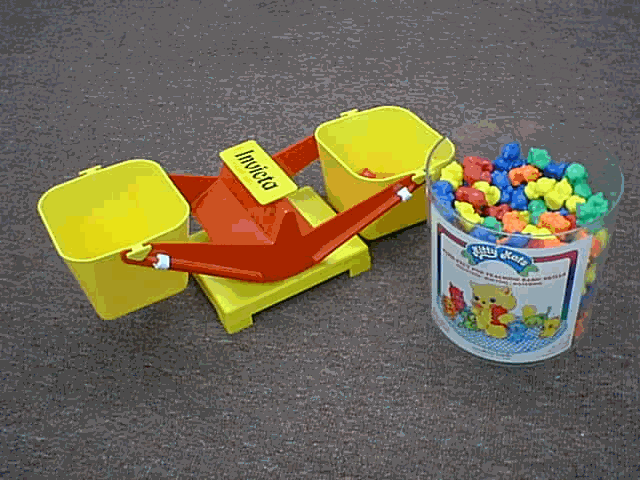
|
Measurement (M2) |
Sept-Nov |
Nov-Jan |
Jan-March |
March-June |
|
M4e-Estimate and determine which of two objects is heavier |
|
|
x |
x |
|
M2i-Measures lengths using non standard units of measure (blocks) and
inches |
|
|
x |
x |
|
M2e-Covers shapes using non standard units of measure |
|
|
x |
x |
|
M2g-Compare and order objects by length, width, and height |
|
|
x |
x |
|
M8d-Begins to understand time ( seasons, day, night, yesterday, today and
tomorrow) |
x |
x |
x |
x |
|
M8d-(M) Read and order the days of the week |
x |
x |
x |
x |
|
M8d-Relate the temperature outdoors and the clothing that needs to be worn. |
x |
x |
x |
x |
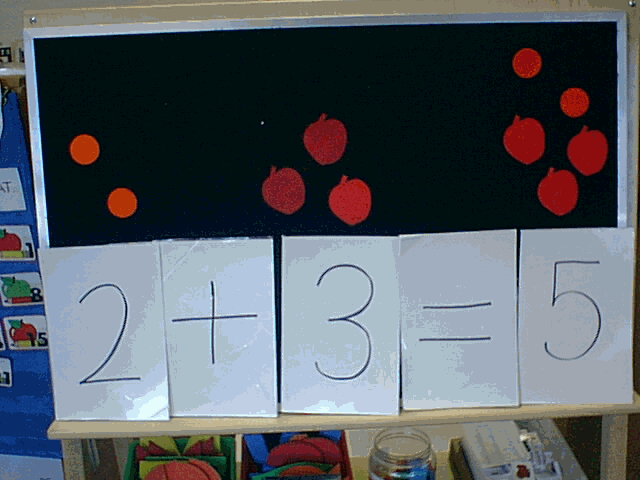
|
Number Equations (M6) |
Sept-Nov |
Nov-Jan |
Jan-March |
March-June |
|
M6a-Write addition sentences with sums less than 18 |
|
|
|
x |
|
M6a-Draw a simple math problem and label it. |
|
|
|
x |
|
M6f-Complete math families with sums less than or equal to 12 |
|
|
|
x |
|
M6f-Add facts using manipulative with sums to 12 |
|
|
|
x |
|
M4c-(M) Appropriate use of the terms: more, less, same, most, least,
before, after, middle, in between, next, add, take away, first, last,
small, medium and large. |
x |
x |
x |
|
|
M6f-Subtract using manipulatives to 12. |
|
|
|
x |
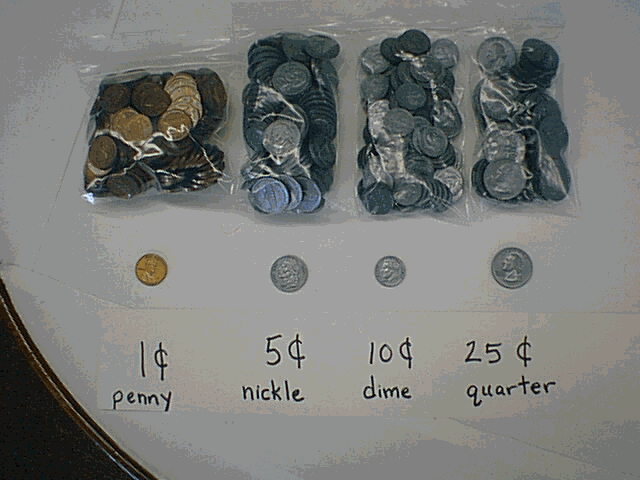
Problem Solving (M6)
|
Sept-Nov |
Nov-Jan |
Jan-March |
March-June |
|
M1d-Demonstrates an understanding of half and whole |
|
|
x |
x |
|
M5a-Find all possible combinations using a limited number of variables (part+part=whole) |
|
|
|
x |
|
M5b-Explain how a problem is similar to other problems he/she has done |
|
|
|
x |
|
M8d-Able to name the coins: penny, nickel, dime and quarter |
|
|
x |
x |
|
M5c-Solves word problems using the following problem solving strategies:
guess and check, draw a picture, make a list, make a table, act it out,
work out a simpler problem, look for a pattern, work it backwards |
x |
x |
x |
x |
|

